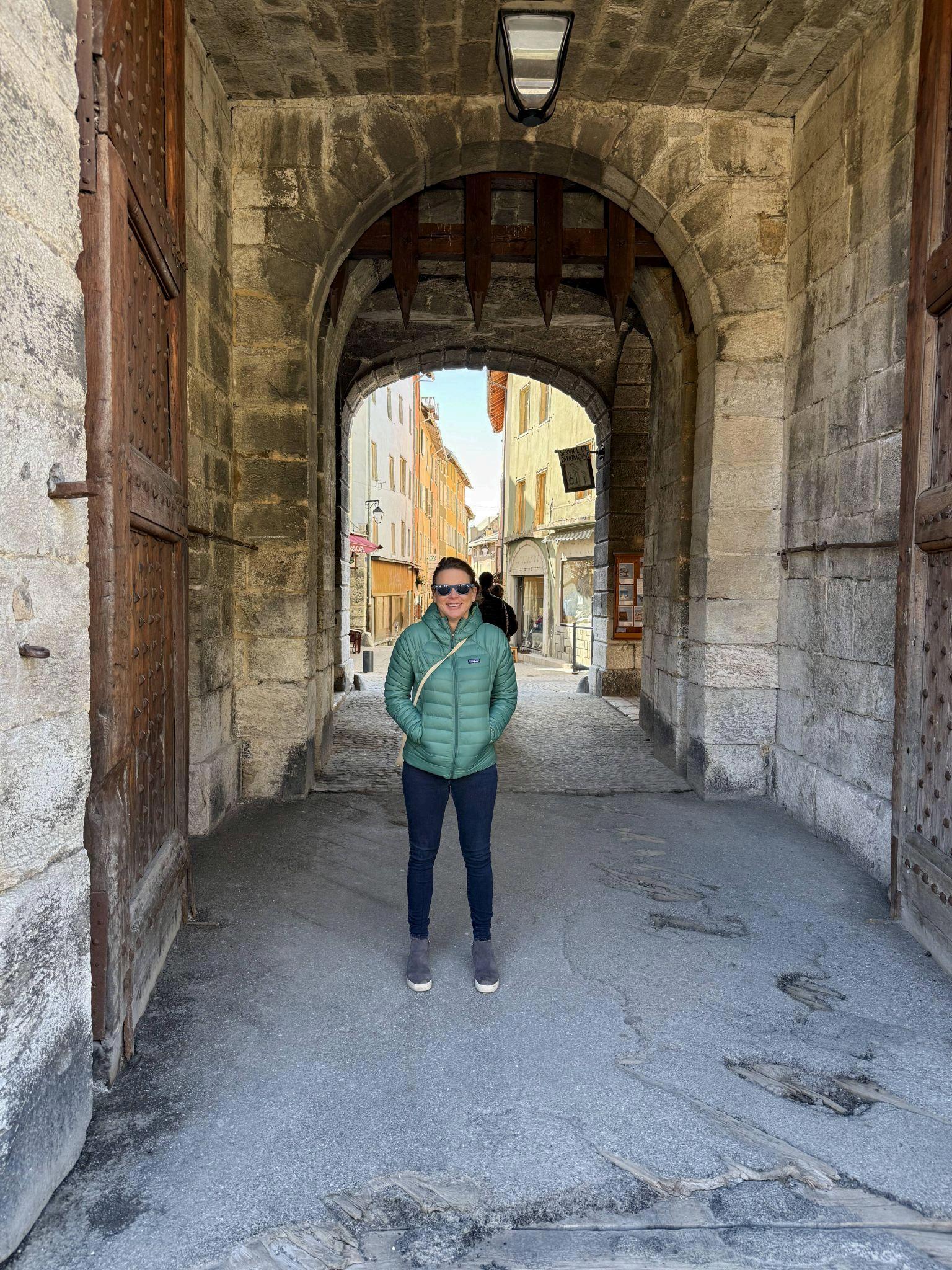Stepping Back in Time: A Glimpse into the Wonders of Ancient Civilizations

Alison Schrag suggests that the story of humanity is written not only in books but in the ruins, artifacts, and legacies of ancient civilizations To step back in time and explore these early societies is to witness the origins of culture, art, science, and governance that continue to shape the modern world. Ancient civilizations were the foundations upon which humanity built its knowledge, creativity, and sense of identity From the great cities of Mesopotamia to the pyramids of Egypt and the temples of the Maya, each civilization tells a story of triumph, innovation, and endurance. Their echoes still resonate through time, reminding us of both the fragility and brilliance of human achievement
The ancient Egyptians remain one of history’s most iconic civilizations, their grandeur preserved in stone and legend. Their architectural feats, from the majestic pyramids of Giza to the sprawling temples of Karnak, continue to inspire awe thousands of years later Yet Egypt’s legacy extends beyond monuments; it includes advancements in mathematics, medicine, and art that influenced civilizations far beyond the Nile. The Egyptians’ deep spiritual connection to life and death, expressed through intricate burial customs and hieroglyphic writings, reflects a society driven by both faith and intellect. Walking among the remnants of their cities feels like stepping into eternity, where the past whispers through every carved wall and sunlit stone

Far to the east, the ancient civilizations of Mesopotamia laid the groundwork for human progress. Often called the “Cradle of Civilization,” this region, situated between the Tigris and Euphrates rivers, gave rise to writing, agriculture, and the development of organized government. The Sumerians, Babylonians, and Assyrians introduced concepts that continue to define society today, including laws, trade systems, and even astronomy The Code of Hammurabi stands as one of the earliest examples of written law, demonstrating a civilization’s effort to bring order and justice to its people. Though their cities have long turned to dust, Mesopotamia’s contributions endure in every aspect of modern life, proving that humanity’s first steps toward civilization were also steps toward shared understanding
Across the Mediterranean, ancient Greece and Rome shaped the philosophical and political ideals that continue to guide the world. The Greeks fostered democracy, literature, and scientific inquiry, creating a culture that celebrated knowledge and debate Philosophers like Socrates, Plato, and Aristotle laid the intellectual foundations of Western thought, while artists and architects brought balance and beauty to life through sculpture and design. Rome, inheriting and expanding upon Greece’s legacy, built an empire defined by law, engineering, and governance. Roads, aqueducts, and architectural marvels such as the Colosseum stand as testaments to Roman ingenuity and ambition Together, Greece and Rome symbolize the enduring power of human intellect, the ability to question, create, and lead

Traveling across oceans, the civilizations of the Americas reveal a different yet equally profound legacy The Maya, Aztec, and Inca empires flourished, achieving remarkable success in astronomy, architecture, and agriculture. The Maya charted celestial movements with precision, the Aztecs built grand cities like Tenochtitlan on water, and the Incas engineered vast mountain networks and terraced farms high in the Andes Each civilization displayed deep spiritual connections to the natural world, crafting traditions that celebrated harmony between humanity and the environment Despite the passage of centuries, their ruins from Machu Picchu to Chichén Itzá continue to draw travelers seeking to understand the ingenuity and mysticism that once defined their world.
Asia, too, nurtured some of the world’s most enduring civilizations In China, the ancient dynasties cultivated advancements in philosophy, technology, and art that have influenced the world for millennia The construction of the Great Wall, the creation of paper and silk, and the teachings of Confucius and Laozi exemplify a civilization rooted in both discipline and wisdom. Meanwhile, in the Indus Valley, one of the earliest urban cultures developed complex systems of trade, architecture, and sanitation that astonish historians to this day These civilizations remind us that human progress has never belonged to one region or people; it is a global tapestry woven from countless threads of creativity and resilience

Exploring the legacies of ancient civilizations offers more than just historical knowledge; it provides a unique perspective. Their triumphs and downfalls mirror the timeless rhythms of human ambition and adaptation The ruins they left behind are not relics of the past but reminders of our shared heritage and potential. In every carved stone, faded mural, or ancient script, there is evidence of dreams not unlike our own to build, to understand, and to endure By looking back, we gain wisdom for moving forward The civilizations that once rose and fell beneath ancient suns continue to speak through time, inviting us to honor their lessons and carry their spirit of discovery into the future
